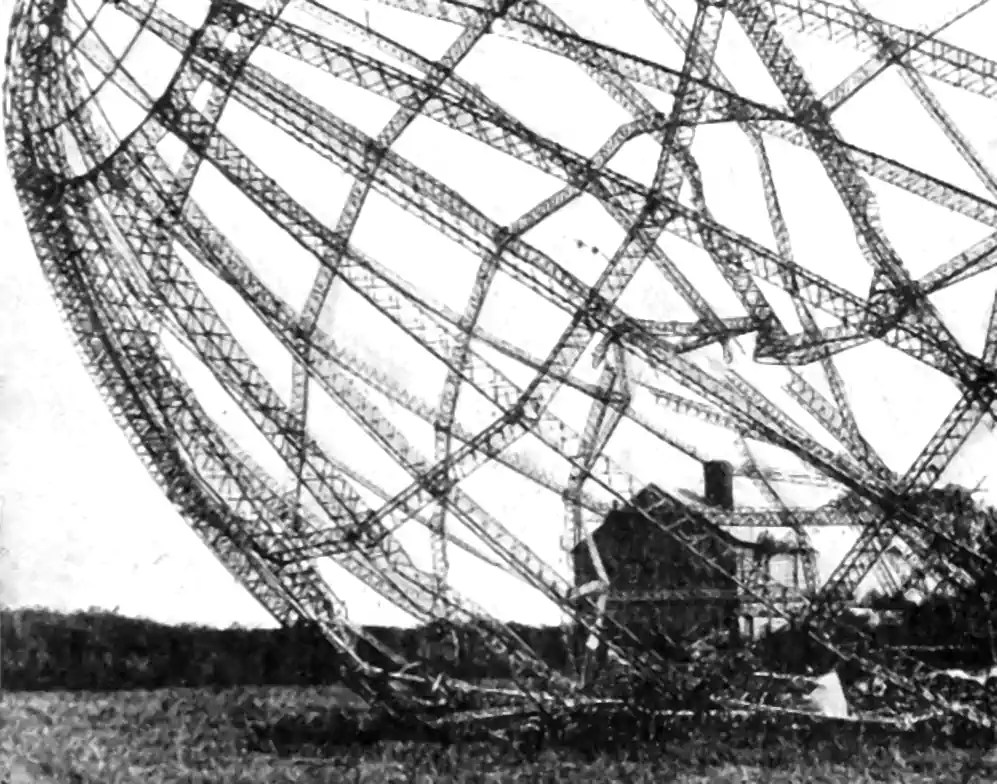Barron, Andrew R., Cohen, Dahmen, et al. 2008.
“Approximation and Learning by Greedy Algorithms.” The Annals of Statistics.
Berinde, and Indyk. 2009.
“Sequential Sparse Matching Pursuit.” In
2009 47th Annual Allerton Conference on Communication, Control, and Computing, Allerton 2009.
Berner, Grohs, Kutyniok, et al. 2021.
“The Modern Mathematics of Deep Learning.”
Beylkin, and Monzón. 2010.
“Approximation by Exponential Sums Revisited.” Applied and Computational Harmonic Analysis.
Blumensath, Thomas, and Davies. 2008. “Gradient Pursuit for Non-Linear Sparse Signal Modelling.” In Signal Processing Conference, 2008 16th European.
Blumensath, T., and Davies. 2008.
“Gradient Pursuits.” IEEE Transactions on Signal Processing.
Bölcskei, Grohs, Kutyniok, et al. 2019.
“Optimal Approximation with Sparsely Connected Deep Neural Networks.” SIAM Journal on Mathematics of Data Science.
Boyd, John P. 2001.
Chebyshev & Fourier Spectral Methods. Lecture Notes in Engineering.
Boyd, Nicholas, Hastie, Boyd, et al. 2016.
“Saturating Splines and Feature Selection.” arXiv:1609.06764 [Stat].
Carlson, and Fritsch. 1985.
“Monotone Piecewise Bicubic Interpolation.” SIAM Journal on Numerical Analysis.
Cybenko. 1989.
“Approximation by Superpositions of a Sigmoidal Function.” Mathematics of Control, Signals and Systems.
Daniely. 2017.
“Depth Separation for Neural Networks.” arXiv:1702.08489 [Cs, Stat].
Davies. n.d. “Multidimensional Triangulation and Interpolation for Reinforcement Learning.”
Davis, Geoffrey M. 1998.
“A Wavelet-Based Analysis of Fractal Image Compression.” IEEE Transactions on Image Processing.
Davis, G., Mallat, and Avellaneda. 1997.
“Adaptive Greedy Approximations.” Constructive Approximation.
DeVore, Hanin, and Petrova. 2021.
“Neural Network Approximation.” Acta Numerica.
Dierckx. 1996. Curve and Surface Fitting Splines.
Ekanadham, Tranchina, and Simoncelli. 2011.
“Recovery of Sparse Translation-Invariant Signals With Continuous Basis Pursuit.” IEEE Transactions on Signal Processing.
Elbrächter, Perekrestenko, Grohs, et al. 2021.
“Deep Neural Network Approximation Theory.” IEEE Transactions on Information Theory.
Fritsch, and Carlson. 1980.
“Monotone Piecewise Cubic Interpolation.” SIAM Journal on Numerical Analysis.
Goodwin, Michael. 1997.
“Matching Pursuit with Damped Sinusoids.” In
1997 IEEE International Conference on Acoustics, Speech, and Signal Processing.
Goodwin, M M. 2001.
“Multiscale Overlap-Add Sinusoidal Modeling Using Matching Pursuit and Refinements.” In
IEEE Workshop on Applications of Signal Processing to Audio and Acoustics.
Goodwin, M., and Vetterli. 1997.
“Atomic Decompositions of Audio Signals.” In
1997 IEEE ASSP Workshop on Applications of Signal Processing to Audio and Acoustics, 1997.
Goodwin, M M, and Vetterli. 1999.
“Matching Pursuit and Atomic Signal Models Based on Recursive Filter Banks.” IEEE Transactions on Signal Processing.
Graps. 1995.
“An Introduction to Wavelets.” IEEE Computational Science Engineering.
Hou, and Andrews. 1978.
“Cubic Splines for Image Interpolation and Digital Filtering.” IEEE Transactions on Acoustics, Speech and Signal Processing.
Huggins, and Zucker. 2007.
“Greedy Basis Pursuit.” IEEE Transactions on Signal Processing.
Lee, Wee Sun, Bartlett, and Williamson. 1996.
“Efficient Agnostic Learning of Neural Networks with Bounded Fan-in.” IEEE Transactions on Information Theory.
Lee, Holden, Ge, Ma, et al. 2017.
“On the Ability of Neural Nets to Express Distributions.” In
arXiv:1702.07028 [Cs].
Lyche, and Mørken. 2011.
Spline Methods.
Opschoor, Petersen, and Schwab. 2020.
“Deep ReLU Networks and High-Order Finite Element Methods.” Analysis and Applications.
Pati, Rezaiifar, and Krishnaprasad. 1993.
“Orthogonal Matching Pursuit: Recursive Function Approximation with Applications to Wavelet Decomposition.” In
Conference Record of The Twenty-Seventh Asilomar Conference on Signals, Systems and Computers.
Poggio, and Girosi. 1990.
“Networks for Approximation and Learning.” Proceedings of the IEEE.
Poole, Lahiri, Raghu, et al. 2016.
“Exponential Expressivity in Deep Neural Networks Through Transient Chaos.” In
Advances in Neural Information Processing Systems 29.
Ramsay. 1988.
“Monotone Regression Splines in Action.” Statistical Science.
Rioul, and Vetterli. 1991.
“Wavelets and Signal Processing.” IEEE Signal Processing Magazine.
Rubinstein, Bruckstein, and Elad. 2010.
“Dictionaries for Sparse Representation Modeling.” Proceedings of the IEEE.
Sachdeva. 2013.
“Faster Algorithms via Approximation Theory.” Foundations and Trends® in Theoretical Computer Science.
Song, Vempala, Wilmes, et al. 2017.
“On the Complexity of Learning Neural Networks.” arXiv:1707.04615 [Cs].
Telgarsky. 2016.
“Benefits of Depth in Neural Networks.” In
arXiv:1602.04485 [Cs, Stat].
Torrence, and Compo. 1998.
“A Practical Guide to Wavelet Analysis.” Bulletin of the American Meteorological Society.
Unser, Michael, Aldroubi, and Eden. 1991.
“Fast B-Spline Transforms for Continuous Image Representation and Interpolation.” IEEE Transactions on Pattern Analysis and Machine Intelligence.
Unser, M., Aldroubi, and Eden. 1993a.
“B-Spline Signal Processing. I. Theory.” IEEE Transactions on Signal Processing.
Wang, Smola, and Tibshirani. 2014.
“The Falling Factorial Basis and Its Statistical Applications.” In
Proceedings of the 31st International Conference on International Conference on Machine Learning - Volume 32. ICML’14.
Weidmann, and Vetterli. 2012.
“Rate Distortion Behavior of Sparse Sources.” IEEE Transactions on Information Theory.
Weinert, and Kailath. 1974.
“Minimum Energy Control Using Spline Functions.” In
1974 IEEE Conference on Decision and Control Including the 13th Symposium on Adaptive Processes.
Wiatowski, and Bölcskei. 2015.
“A Mathematical Theory of Deep Convolutional Neural Networks for Feature Extraction.” In
Proceedings of IEEE International Symposium on Information Theory.
Yarotsky, and Zhevnerchuk. 2020.
“The Phase Diagram of Approximation Rates for Deep Neural Networks.” In
Proceedings of the 34th International Conference on Neural Information Processing Systems. NIPS’20.
Zeevi, and Meir. 1997.
“Density Estimation Through Convex Combinations of Densities: Approximation and Estimation Bounds.” Neural Networks: The Official Journal of the International Neural Network Society.
